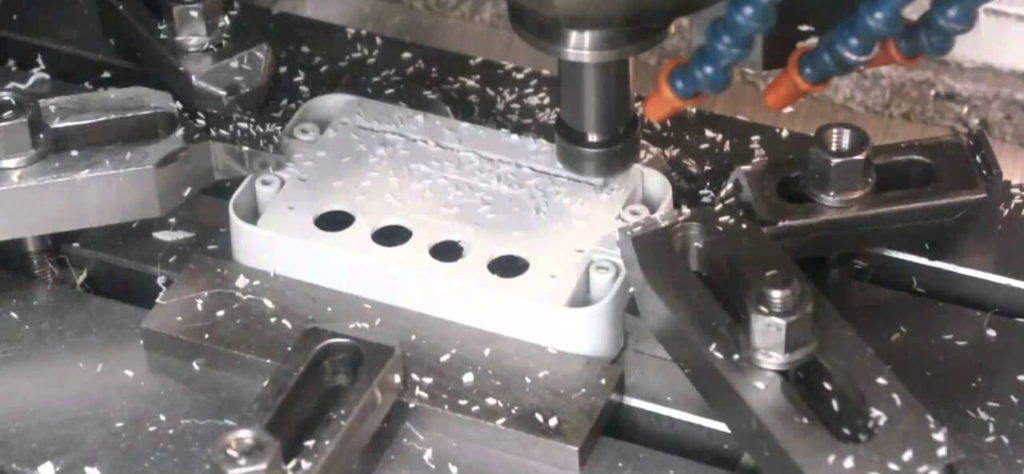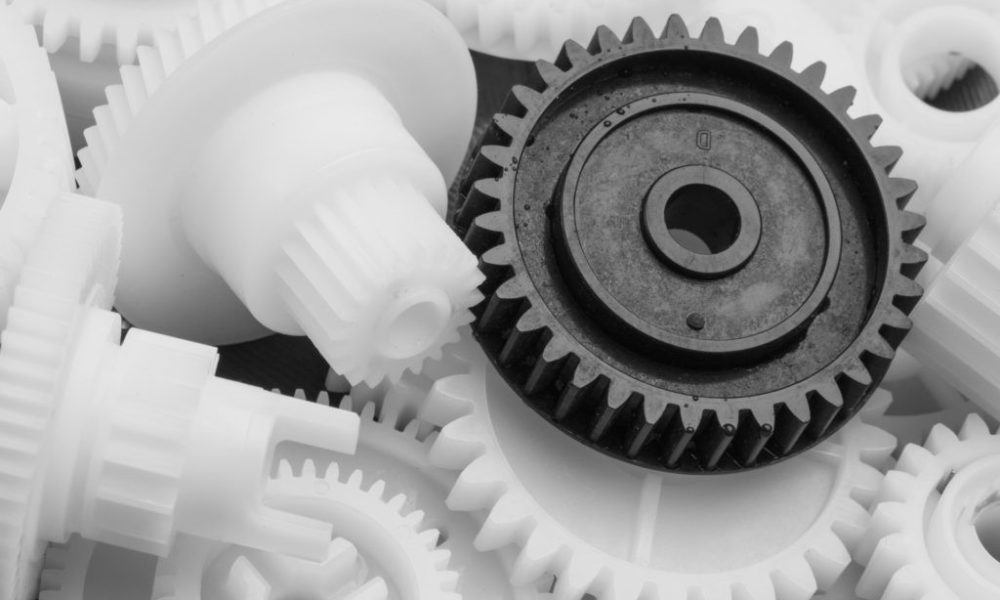When moving from design to part creation, you must decide how to manufacture the part. The best case is that you have considered this during the design process, and your design has been optimized for one of the processes. Remember, in the development life cycle, the right choice may actually change. Two common methods are CNC machining and injection molding. When choosing between the two, each has its advantages and disadvantages.
In this blog, we will discuss the factors that influence your decision to use plastic injection molding or precision plastic machining.
Process Of Precision Plastic Machining And Injection Molding
CNC Machining:
CNC machining usually starts with a piece of the required material and removes the material layer precisely one at a time. This process allows the use of many different materials with almost no restrictions. In addition, since it is controlled by a computer, very precise tolerances can be achieved.

Injection Molding:
As the name suggests, this process involves injecting material into the mold. This is done by melting the raw material and pressing it into the mold under high pressure. The part is then allowed to cool in the mold and then ejected from the mold. Repeat the process in the next section.
Advantages And Disadvantages Of Injection Molding.
To compare and contrast injection molding and CNC machining, we must first understand the advantages and disadvantages of injection molding. The following is a detailed introduction to the advantages and disadvantages of CNC machining and injection molding to help you make the best choice for the next prototype or part production.
Advantages Of Injection Molding
When manufacturing a large number of almost identical parts, most manufacturers choose injection molding. This process supports everything from toys to car engine parts—anything that needs to be mass-produced with moldable plastics.
Injection molding offers a variety of materials, and more materials are being created regularly to meet the demand for high-performance plastic parts. Although CNC machining cannot accommodate softer parts that require TPE or rubber materials, injection molding can.
Disadvantages Of Injection Molding
When the batch is large, the price of a single piece of injection molding is lower. The costs associated with manufacturing actual molds for injection molding drive up start-up costs. Certain materials, such as glass fiber reinforced plastics, require molds made of hardened tool steel to cope with the increased pressure.
Another disadvantage of injection molding involves the costs associated with part replacement, which usually requires the production of new tools or molds. In addition, the mold is composed of two halves, which must be put together for injection, leading to potential surface defects. The injection system introduces air bubbles into the material, causing further defects.
There are many good reasons to use injection molding, especially in the mass production of parts. Depending on your product usage, material specifications and required quantity, CNC machining may provide a better solution for purchasing high-quality plastic parts.

Which Process Is Right For You?
Generally speaking, this can be seen as a trade-off between multiple different characteristics; speed, volume, material, tolerance/surface finish, and design. Each of these may be gate manufacturing using one process and another, and may even require part changes to be manufactured.
Speed:
This is the simplest. For a small number of parts, CNC machining is the fastest. If you need 10 parts in 2 weeks, CNC machining may be your only solution. If you need 50,000 parts in 4 months, injection molding is your best choice. Injection molding takes time to make the mold and ensure that the parts are within tolerance. This may take several weeks to several months. After this is done, creating a part with a mold is a very fast process. The upfront investment in injection molding will reap substantial returns.
Volume:
Let’s see that this has nothing to do with time. Instead, the main focus here is the price of each part. Which is cheaper depends on the quantity. When you need hundreds of parts, CNC will be cheaper. Although you do get some quantitative benefits from the price, you will usually see between a few to a hundred pieces. In larger volumes, you will not get any additional benefits from the volume. This is to allocate setup costs based on the number of parts manufactured.
The actual cost of each part of injection molded parts is much cheaper than machined parts. Unfortunately, for injection molding, creating a mold can be a significant upfront cost. This ratio is spread over the number of parts manufactured to determine the cost of each part. For a certain quantity, even if the initial cost of the mold is high, the injection parts are cheaper than the machined parts. As more parts are manufactured, the cost gap becomes larger. This crossing can occur from 100 parts to approximately 5000 parts.
Material:
CNC machining provides more material choices that can be used to manufacture parts. If high-performance plastics or specific plastics are required, this may be a very important deciding factor. Generally speaking, harder plastics are easier to process than softer materials
For injection molded parts, material selection may be more restricted. More and more high-performance materials are being considered for injection molding. Solvay is one of the companies with a variety of moldable plastics. Some materials cannot be processed, but you can shape them. Rubber and other flexible materials fall into this category.
Tolerance/Surface Finish:
The advantage is once again reflected in CNC machining. For most materials, tighter tolerances can be maintained and a better surface finish can be obtained. One advantage of injection molding is the repeatability between batches. The mold can withstand millions of parts with minimal wear. This allows the parts to be almost the same from one batch to the next. With CNC machining, each part is placed on the machine to be created, and more variability will be seen.
Design
If the design of your custom plastic parts will change in the near future, it is economically inefficient to invest in expensive molds. If you plan to change your design, it is best to machine the parts. Not only can you avoid spending thousands of dollars on molds that are no longer in use; you will benefit from the ability to change the design at any time. As we all know, plastic processing is a more flexible manufacturing process.
It is worth noting that in some cases, these two processes can be used in series. If the part application includes a stock component, the component also needs to provide additional or alternative functions (such as the upgraded car option may be the case), a technique to minimize the cost of the mold is to process the benchmark mold and produce as much base as possible The parts are then reworked to include additional functions. Reworking existing molds is more cost-effective than creating new molds, and molding inserts can be easily used to modify the part design as needed.
As you can see, the decision between machining and injection molding is not easy. If you need certain advantages in terms of tolerances, price, and design features, you may need to consider a two-step operation, where the main feature of the part is injection molding, and complete the secondary machining option to perform the final step. This is a common technique that combines the advantages of the two processes.


